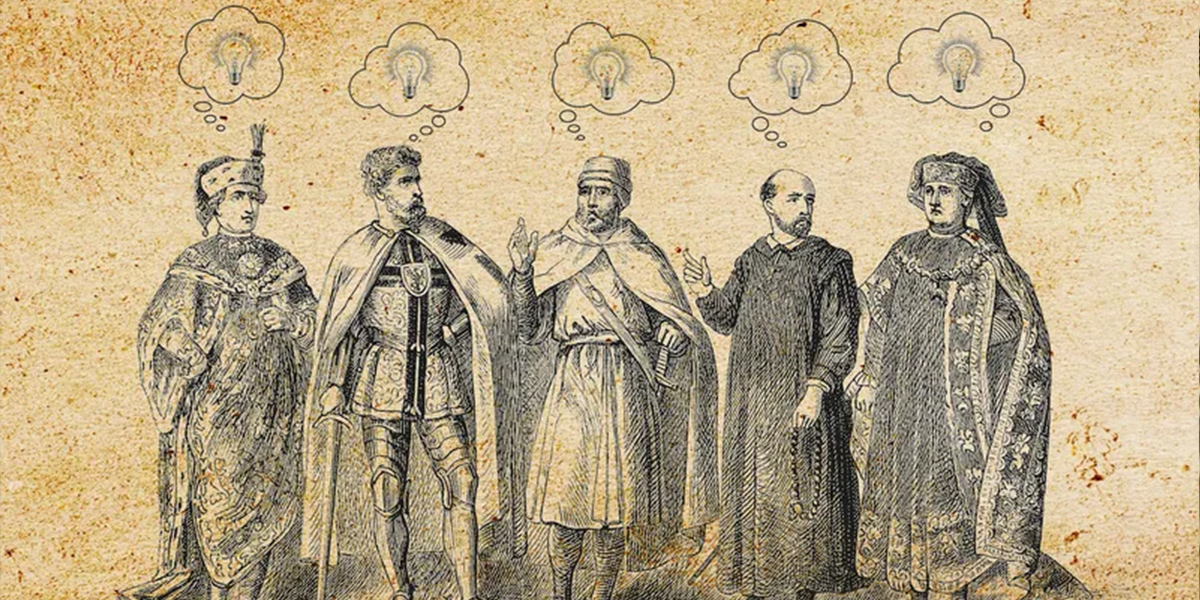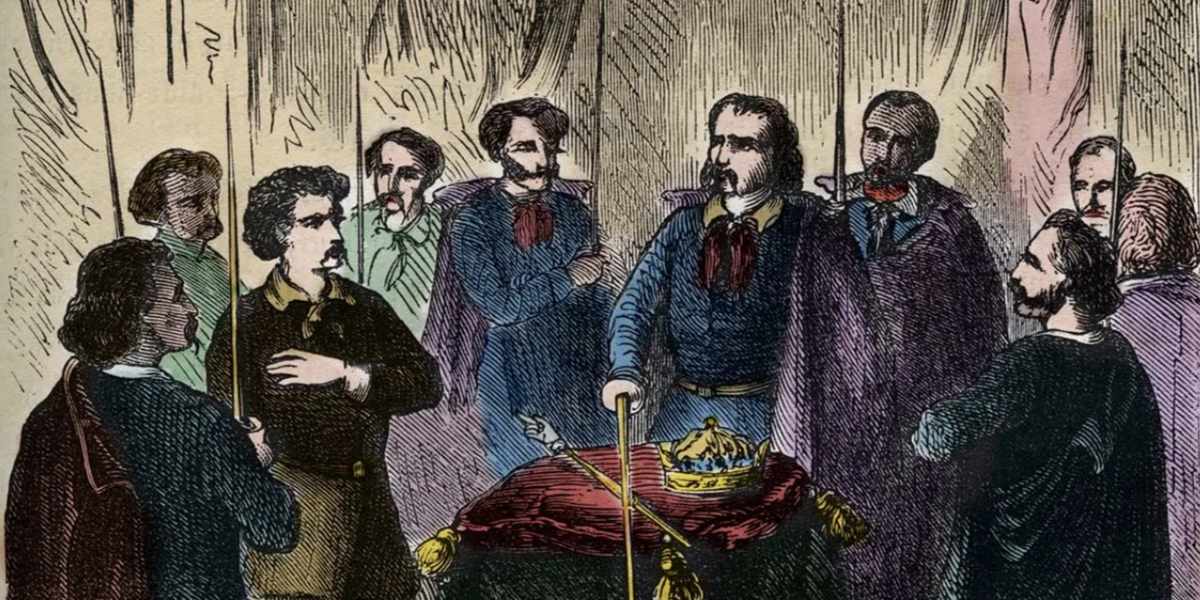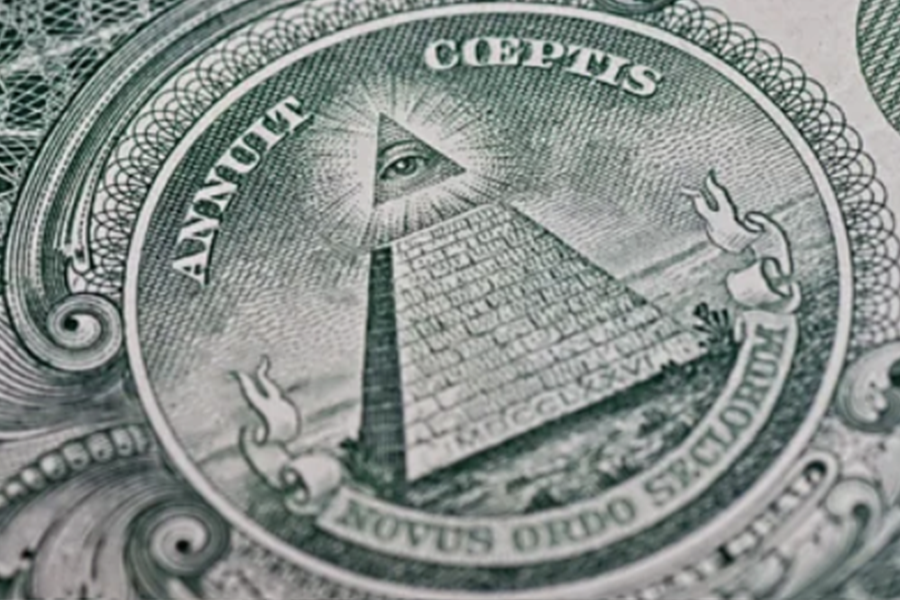Few organizations have captured the public imagination as persistently as the Illuminati. Often depicted as a shadowy cabal pulling the strings behind world events, the real history of the Illuminati is both more prosaic and more intriguing than the legends that surround it.

Origins in the Age of Enlightenment
The Illuminati, officially known as the Order of the Illuminati, was founded on May 1, 1776, in Ingolstadt, Bavaria, by Adam Weishaupt, a professor of canon law. Weishaupt, inspired by the ideals of the Enlightenment, sought to promote reason, secularism, and the spread of knowledge as a counter to the obscurantism and perceived despotism of the church and state.
The order’s full name was the Bavarian Illuminati, and it aimed to foster a community of like-minded individuals who would work towards these enlightened goals. Members, known as “Illuminaten,” were drawn from the ranks of Freemasonry and other progressive groups. They adopted symbolic rituals and secretive practices to protect their identity and operations, a common approach for such groups at the time.

Structure and Philosophy
The Illuminati’s organizational structure was hierarchical, similar to the Freemasons, with members advancing through various degrees of initiation. The hierarchy was designed to ensure that only the most committed and trustworthy individuals could access the group’s deeper secrets and strategies.
The order’s philosophy was heavily influenced by Enlightenment thinkers such as Voltaire, Rousseau, and Kant. Weishaupt and his followers believed in the primacy of reason, the importance of education, and the separation of church and state. They envisioned a society where enlightened elites would guide the masses toward greater understanding and freedom.
Expansion and Influence
The Illuminati grew rapidly, attracting a diverse membership that included intellectuals, politicians, and nobles. By the early 1780s, the order reportedly had branches throughout much of Bavaria and beyond, with some estimates suggesting a membership in the thousands.
This rapid growth and the secretive nature of the organization inevitably drew suspicion and opposition. The Bavarian government, wary of any group that operated outside its control, began to monitor the Illuminati closely. The order’s anti-clerical stance also attracted the ire of the Catholic Church.
Suppression and Decline
The Bavarian Illuminati’s existence was relatively short-lived. In 1784, Duke Karl Theodor of Bavaria, influenced by conservative and church pressures, issued an edict banning all secret societies, including the Illuminati. Subsequent edicts in 1785 and 1787 intensified the crackdown, leading to the arrest of key members and the confiscation of the order’s documents.
By the late 1780s, the Illuminati had been effectively dismantled. Weishaupt was forced into exile, and many of the order’s members either disbanded or went underground. Despite its dissolution, the legacy of the Illuminati lived on, fueled by the mystique of its secretive nature and ambitious goals.
The Rise of the Illuminati Myth
The Illuminati might have faded into obscurity were it not for the fevered imaginations of conspiracy theorists. In the years following the French Revolution, conservative writers such as Abbé Augustin Barruel and John Robison published works blaming the Illuminati for the upheaval and chaos of the era. They claimed that the order had orchestrated the revolution as part of a broader plot to overthrow the established social and religious order.
These claims found a receptive audience among those who sought simple explanations for complex social changes. The idea of a secretive, all-powerful group manipulating world events from behind the scenes became a recurring theme in conspiracy theories.

The Modern Conspiracy Theories
In the 20th and 21st centuries, the myth of the Illuminati has persisted and evolved, often divorced entirely from the historical realities of the Bavarian Illuminati. Modern conspiracy theories often portray the Illuminati as a global elite that controls governments, media, and financial institutions, working towards a “New World Order.”
Popular culture has further cemented the Illuminati’s place in the public imagination. Books like Dan Brown’s “Angels & Demons” and countless films, TV shows, and internet memes have perpetuated the idea of the Illuminati as an omnipotent secret society.
Legacy and Reality
The real story of the Illuminati is a testament to the power of ideas and the fear of the unknown. Founded on principles of reason and enlightenment, the order sought to challenge the status quo and promote progressive change. Its rapid suppression by the Bavarian authorities reflects the tension between emerging modern values and traditional power structures.
The enduring fascination with the Illuminati highlights a broader human tendency to seek hidden explanations for complex events. While the original order was relatively short-lived and limited in its impact, the myth it spawned continues to captivate and provoke debate, a reminder of the enduring allure of secret societies and the mysteries they represent.



